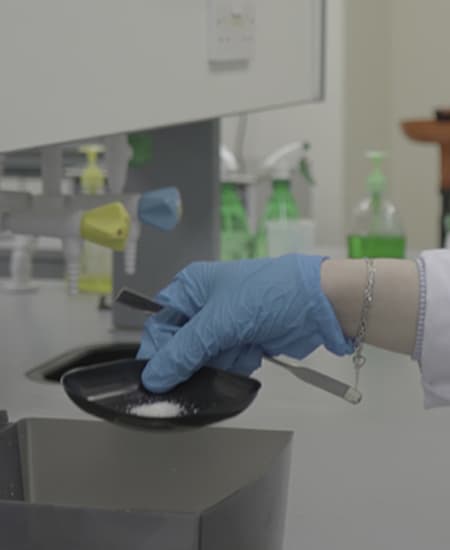Dry emulsions as a promising adaptation in pharmaceutical dosage formulations: A review of recent developments and bio pharmaceutical significance
Emulsions continue to be a cornerstone of modern pharmaceuticals, used in a wide range of applications including oral and topical drug formulations, intravenous and parenteral preparations, and vaccines. They have proven valuable in enhancing the solubility and bioavailability of poorly water-soluble drugs, which is crucial in pharmaceutical research and development. Despite their significance, traditional emulsions, whether in semisolid or liquid states, encounter several challenge. These include physical instability leading to phase separation, chemical instability, and susceptibility to microbial contamination. To mitigate these issues, different drying methods are employed to transform liquid emulsions into dry emulsion powders (DEPs). Among the various drying techniques, dry adsorption, spray-drying, lyophilization, and fluid bed layering are the most promising approaches. DEPs are advantageous not just in tablet manufacturing but also in creating reconstitution powders, inhalable powders, and topical dosage forms. In addition to providing benefits of traditional emulsions such as enhanced drug absorption and bioavailability, DEPs exhibit superior thermodynamic stability and an extended shelf life. This review aims to critically discuss the most promising manufacturing techniques employed for production of DEPs, the benefits and limitations of each technique in producing the corresponding dosage forms and drug delivery systems, and the superiority of DEP-based pharmaceutical products over conventional formulations for treatment of different diseases.DEP-based formulations hold promise for continued advancements, offering enhanced stability, improved delivery systems, and increased versatility. These attributes pave the way for innovative applications across pharmaceuticals, as well as in the food and cosmetics industries.

